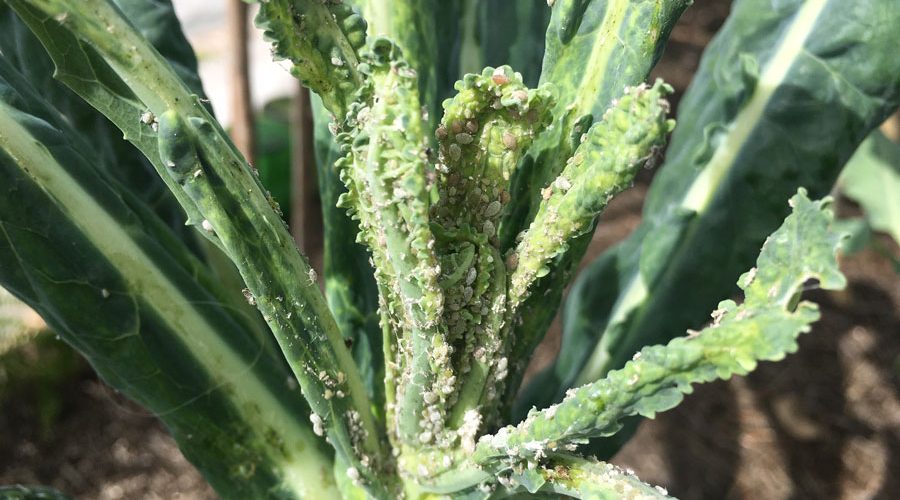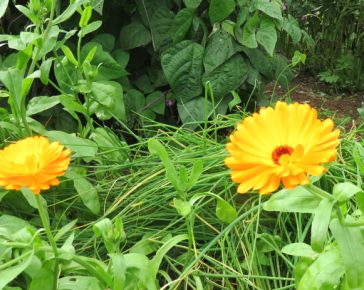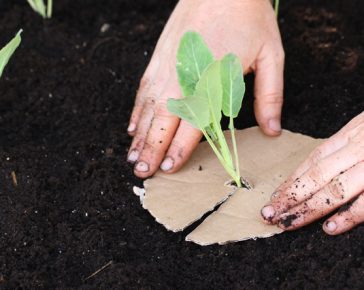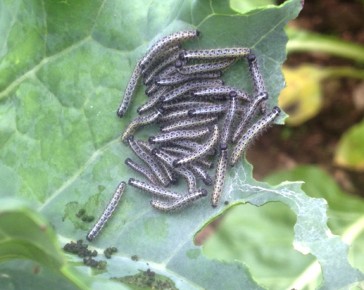Slugs, aphids, caterpillars… these pests can be disheartening if they eat more of your veggies than you do. Prevention is better than cure!
Planting lots of companion plants is a great idea, and you can find plenty of information about that in posts below. In addition to using companions, here are 5 things that you can put in place from the day you plant, to help keep things in check.
- Keep a tidy plot – remove all those slug-friendly hiding places by clearing away empty pots, watering cans, stones or logs that might be lying around. The tidier the plot, the fewer places there are for slugs. It’ll make a big difference.
- Set beer traps when you plant – again, this is for slug & snail protection, and young newly-planted seedlings are the most vulnerable to attack so need to be protected. A beer trap dotted in between rows of plants works really well.
- Use mesh netting – covering rows of vulnerable plants with mesh netting is an easy and effective way of protecting them from all sorts of pests, from tiny flea beetles and flies to larger pigeons and cabbage white butterflies.
- Turn compost piles – the main problem in a compost pile is when rodents make a home in it, as they can eat quite a lot of your crops. Best to turn the compost so that they are encouraged to move on and find somewhere else to live. Do this a few times in March/April/May.
- Use sticky yellow things if aphids are a problem – cover a yellow bucket in vaseline and prop it on a bamboo stake in amongst veggies. The aphids will be attracted to the yellow, and it’ll help to keep them off your plants.




